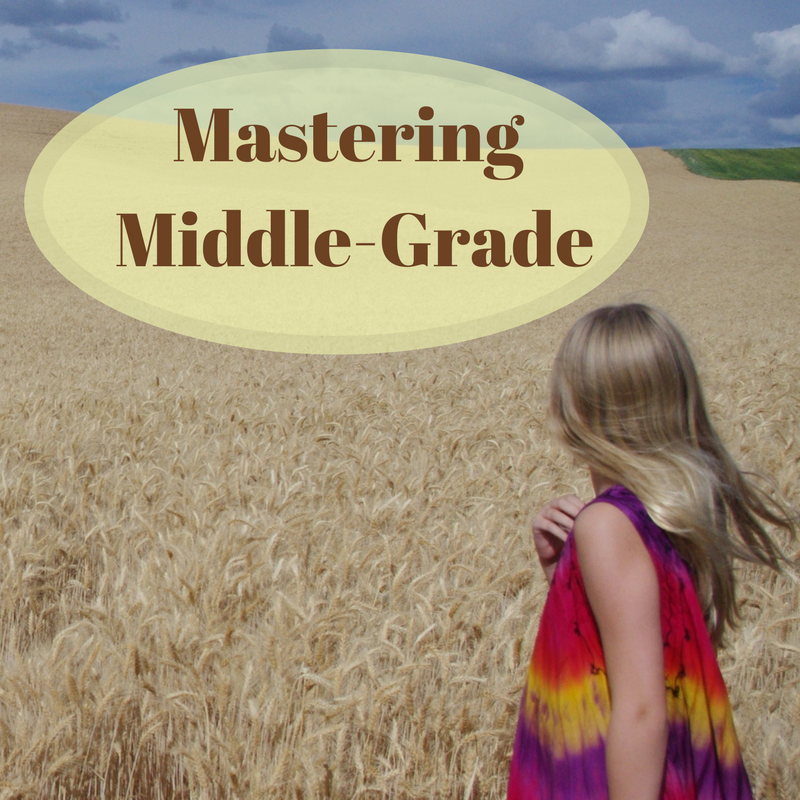Behind every book on the shelf, and every story waiting to be published, there’s an author who has experienced the sting of rejection.
My first middle grade book was rejected eight times. My second, soon-to-be-published middle grade was rejected four times before I heard a “yes.”
I’d be lying if I said rejection never hurt. But over the years, through trial and error, I’ve stumbled upon some ways to make it less painful and more empowering. I hope these tips help you too.
Spot the type
Querying is like a marathon job search. Your query letter is your application; your manuscript is your resume. It’s a process that can leave authors feeling vulnerable and anxious, wondering what their dream agent or publisher might think about their work.
In reality, the query is step one of a multi-step path to the shelf. Breaking that path down into steps can help remove some of the emotional pressure along the journey.
Every time you query, you can expect one of four types of messages in return. These responses come in four basic flavors.
1.Yes
This response is my favorite for obvious reasons. As exciting as the yes is, keep in mind that it’s just one part of the puzzle. A yes at the query stage doesn’t guarantee publication. It opens the door to the next step in the process.
2. Constructive no thank you
The constructive response is my second favorite because it offers you a glimpse into the mind of your gatekeepers, the agents and editors. A constructive no thank you is a no that gifts you with actionable feedback about your manuscript. It will read something like this:
Dear Kelli,
Thank you for submitting your work. Although your writing is solid, I had a hard time connecting with your main character. I think your story would benefit from developing a stronger sense of conflict between your MC and his father. I must pass on this project but would like to see anything you may have to share in the future.
Sincerely,
Agent McAgentson
If you receive a few of these, you’ll probably begin to see one or two of the same types of issues rise to the top – and that tells you how to improve. This is useful and good.
3. Destructive no
I haven’t received destructive feedback to a query yet, but some of my writer friends have. A destructive no reads something like this:
Dear Kelli,
Thank you for submitting your work. It’s not for me. Your writing style is abrasive and choppy. If you’d actually read books written by the other authors I represent, you’d know what I meant by ‘voicy fiction.’ This isn’t it.
Good luck,
Agent Rudebelly
The destructive no is hard to read. It’s both less professional and less personable, and it offers no helpful insight or clarity that can help the author improve.
On their websites, most editors and agents will post guidance on their typical response time. For example, Agent McAgentson says that if you haven’t received a request for a full manuscript within 12 weeks of your submission date, you can assume that she’s declined.
4. Silent no thank you
Once you open the email (or the determined number of weeks have passed without an email), you can identify what kind of response you’ve received. Then it’s time for our next tip.
Respond accordingly
Before you respond, feel your feelings and process your emotions. If you need encouragement, seek encouragement, but try not to wallow. When you join the Rejection Club, you’ve joined the ranks of authors everywhere.
If you’re lucky enough to receive constructive feedback with your rejection, accept it with grace. Make note of the agent’s insights and watch for trends – if you receive multiple comments about the same specific aspect of your work, that’s a good sign that you need to revise.
If the agent expresses an interest in looking at your future work, save her contact information and look forward to querying her again.
It might be tempting to reply, especially if you’re feeling angry or upset, but resist the urge. Most agents and editors are too busy to read them. If you are still tempted, consider this:
- If you fire off an angry email telling the agent/editor how wrong they are to reject your work and why, you’re guaranteeing they don’t accept any of your future submissions. They can say no without needing to defend their choice. If it isn’t right for them, it’s not right for them – but it will be right for someone else.
- If you email them asking if you can resubmit after you’ve made revisions, you’re wasting their time and burning bridges. If they had wanted you to revise and resubmit, they would have told you.
- If you email them to tell them Agent/Publisher XYZ accepted this manuscript and it will be published on this date, that’s great, but rather rude and vengeful and will likely ruin your chances for future submissions.
If you’ve received destructive feedback, do not respond. At all. It might be tempting to let this person know your opinion about them, but in the end, responding in anger isn’t helpful. You’re not going to change their heart or mind.
This leads us to what rejection truly is.
Rejection is necessary
The main thing I want to impress on you about rejections is this: They. Are. Necessary. They’re part of the amazing process of being an author. Use rejection as an opportunity to practice patience, hone your craft, and reflect on why you write.
Everyone, from J.K. Rowling to Anne Frank to Kathryn Stockton, receives rejection letters. They are a sign of something incredibly valuable. They’re a sign that you dreamed up a story, wrote it, edited it, and sent it out into the world. That’s huge. That should be celebrated. Don’t ever stop celebrating it.
A rejection is a sign that you’ve accomplished something millions of people only imagine- you completed a book. So go collect all the rejections, because that’s how you make your way to the shelf. One rejection at a time.
See you next time.

When Kelli McKinney and her family aren’t exploring national parks, she can be found on the sidelines at her son’s tennis tournaments, brewing a cup of cinnamon spice tea, or chucking a toy across the backyard for her English Mastiff to chase.
She earned her bachelor’s degree in journalism from the University of Oklahoma and her graduate degree in radio/tv/film from the University of North Texas. She enjoyed an eclectic-yet-fulfilling fifteen-year career in corporate marketing before wandering off on her own to be a freelance copywriter.
Now, she is a part-time copywriter, full-time mom, and a children’s author. She lives in Texas but a huge piece of her heart belongs to Oklahoma. Her debut novel, JEFF PENNANT’S FIELD GUIDE TO RAISING HAPPY PARENTS is forthcoming in late 2022 with Chicken Scratch Books.
Kelli loves to hear from readers and writers. She can be reached through her website at www.kellmckinney.com or on Instagram @klmckinneywrites .


 We love helping your growing in your writing career.
We love helping your growing in your writing career.
